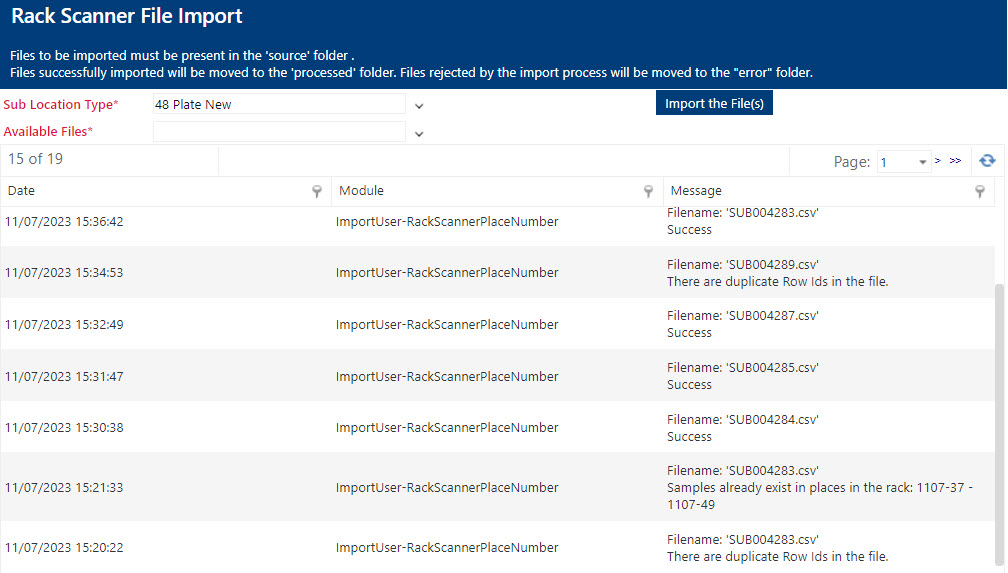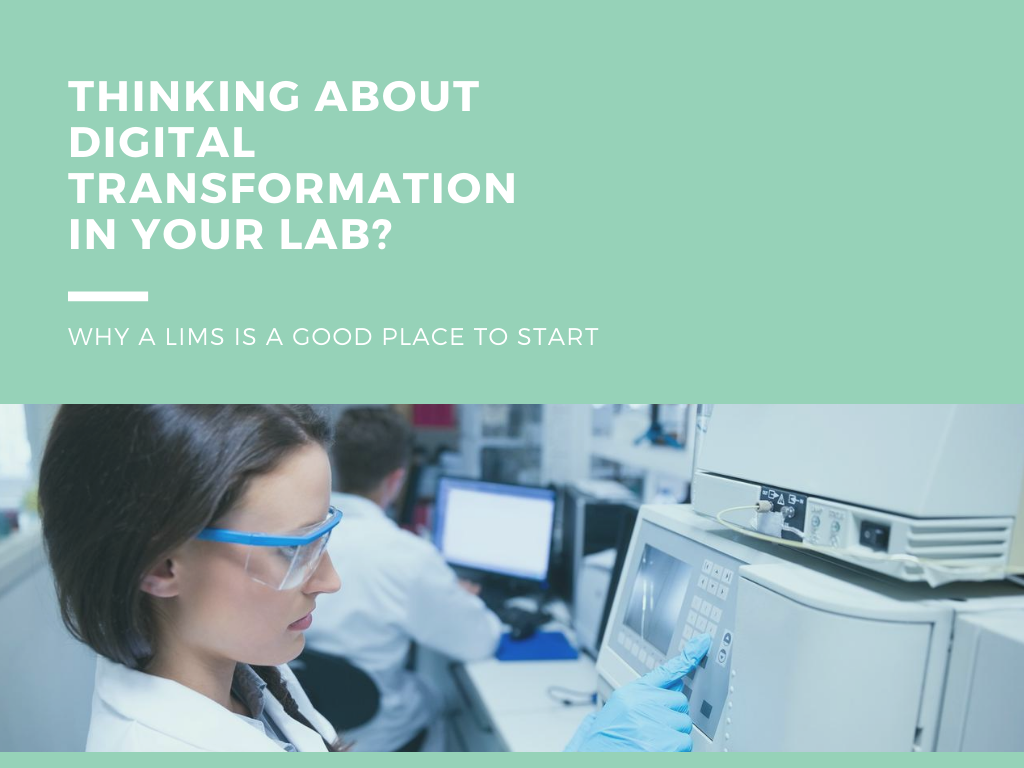In laboratories time is of the essence. Faster turnaround and processing times help optimise vital resources as well as preserve sample integrity. Digitally connecting your rack scanner with your laboratory information management system (LIMS) accelerates your sample receipt, analysis, and dispatch processes. Instead of expending valuable resources manually transcribing data between disparate systems, the focus is on utilising the data to inform decision-making, identify improvements and push innovation. This enhances the patient experience and gives you more time to work on the science that will improve outcomes.
Lab connectivity to streamline processing
Everyday lab processes such as sample receipting, testing, and dispatching, often involve handling, treating, and tracking large numbers of samples. You can reduce, even eliminate, some of the administrative overhead generated by these processes by utilising workflows in your LIMS to bulk import sample data and connect to rack scanners and instruments. Connecting directly to the source data helps improve data accuracy as well reduce processing time.
In addition, digitally connecting rack scanners and instruments with your LIMS improves data quality by reducing transcription errors that often occur when manually entering and updating data.
Reduce time spent deciphering faded sample labels
Handwritten and printed labels can fade or fall off tubes. This results in wasted resources, not just the samples that you can no longer use, but also the cost of storing them.
What’s more, if your goal is to move towards becoming a paperless lab you may be looking for a digital solution to reduce printed (and often reprinted) labels.
Barcoded tubes and racks are designed to be durable as well as promote and support lab efficiency through connectivity and automation. Plus, using barcoded tubes ensures each sample is allocated a unique reference number to facilitate sample identification, tracking and locating.
Using rack scanners to assist with compliance and auditing
You can connect your rack scanner to your LIMS to assign barcodes against samples based on predefined rules. Handheld scanners can locate individual samples or racks quickly and easily in the LIMS.
You can also use rack scanners with a LIMS to manage and update sample location and position data. This speeds up sample processing, in addition to assisting with sample and location auditing which ultimately supports compliance with regulatory standards.
Achiever LIMS provides laboratorians with an intuitive interface for processing rack and sample data. Scanned files are placed in a central source folder. Using the interface in the LIMS authorised users can select the file to import. The LIMS flags any errors in the file immediately to the laboratorian enabling them to rescan the file or review the data. Plus, it indicates if there are conflicting samples already in the specified location or if any samples are missing. The LIMS also automatically generates a location history audit record for each updated sample to indicate sample movement.

Benefits of digitally connecting rack scanners with LIMS
Lab connectivity forms an integral part of lab digitalisation and digital transformation. Connecting instruments and systems drives improvements in collaboration, data accuracy and process efficiency by simplifying how you access and leverage your data securely.
Benefits of digitally connecting your rack scanners with LIMS include:
- Improved data quality and accuracy by reducing transcription errors.
- Increased lab productivity by connecting systems and automating processes to optimise resources.
- Increased lab process efficiency by reducing the time spent managing, tracking, and locating samples.
- Improved patient experience through improved sample traceability and increased turnaround times.
- Reduced costs (time and resources) by reducing the number of lost samples or delays in processing. This often results in repeat analyses and sample collection.


Comments are closed.